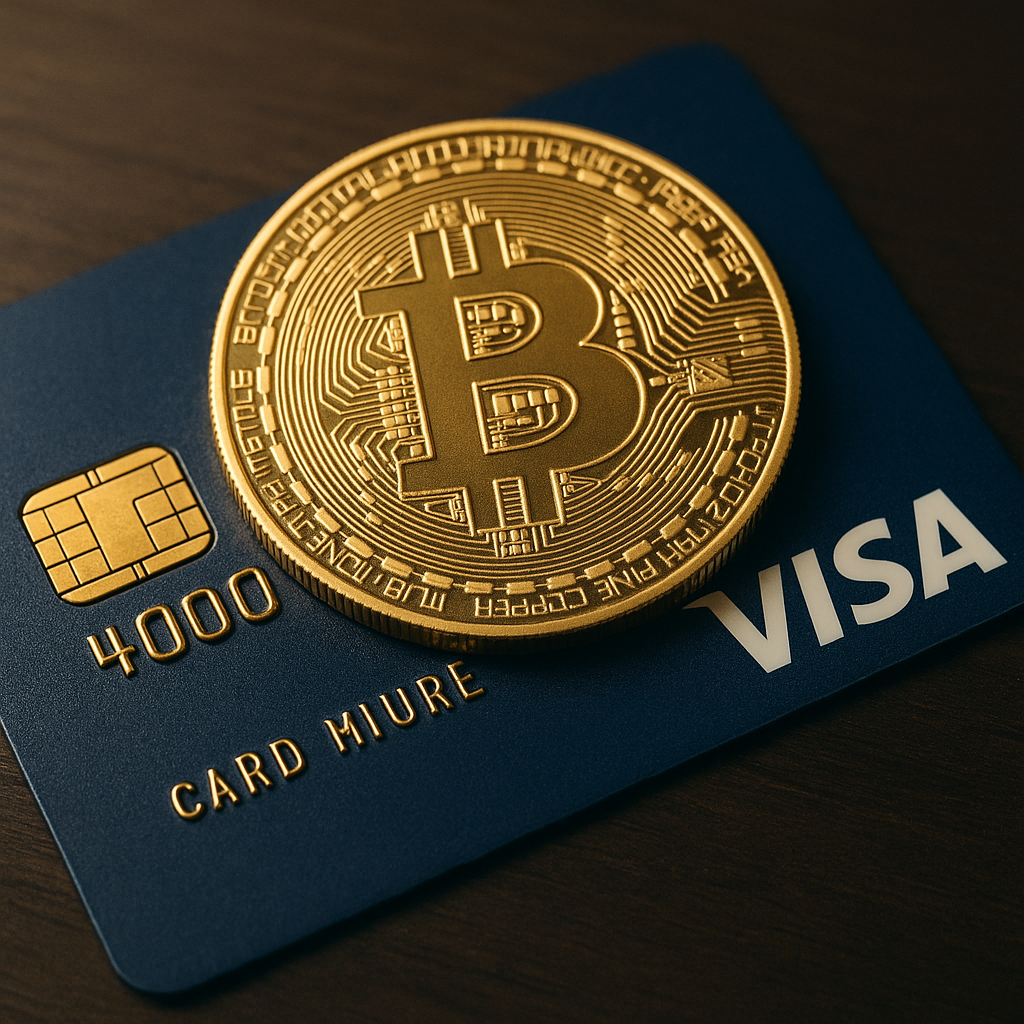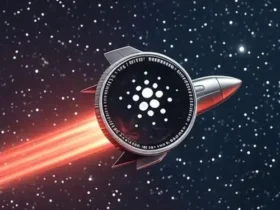Stellar has a smart contract environment for creating dApps.
Over the last month, the price of XLM, Stellar’s native token, rose 20%.
Stellar, launched in July 2014, is an open source network and specialized in international transactionscommonly used for remittances and micropayments.
This chain has similar qualities to those of the Ripple network, XRP Ledger (XRPL). Both networks, created by Jed McCaleb, function as alternatives to traditional payment systems such as SWIFT.
At the time of this article, the token native of Stellar, Lumens (XLM) is trading in the $0.49 area, which represents a rise of 20% in the last monthaccording to data from Coin Market Cap.
What can be done within Stellar?
Two features favor the sending of remittances and international payments through this Stellar network. They are the creation of digital assets and the establishment of Trustlines (trust lines). XRP also has these options.
The Trustlines They are trusted connections between users that allow the transfer of specific assets. When a user determines a Trustlineyou are indicating that you trust that another user or issuer can send or receive a particular type of asset.
Thus, the implementation of Trustlines allows a safe circulation of different types of assets within the network.
He constant growth in the number of Trustlinesboth established (light blue line, 29 million) and funded (green line, 22 million), evidence the expansion and adoption of Stellar. This is best seen in the following graph:

The “Trustlines “established” indicate connections that authorize an account to handle an asset, but do not guarantee that it owns it. Instead, the “Trustlines “funded” are those that already have an associated asset balance, which reflects a more tangible and practical use within the Stellar network.
Trust between users is fundamental for any financial system, and the increase in Trustlines would indicate greater interconnection and reliability between payment senders and receivers.
Stellar allows the creation of assets
Using development tools, such as Stellar Asset Sandbox, Users on this network can create digital assets.
For create digital assets in Stellarfirst you must establish a issuing and another distributing account. Each asset requires a unique code (can be alphanumeric), 4 or 12 characters, which is issued through a payment transaction from one account to the other.
Accounts interested in receiving the asset must establish a Trustline towards the issuer. Finally, the asset distributes from the distributor account to other accounts on the network through normal payment transactions, allowing the circulation of the new asset within Stellar.
During the months of November and December 2024, almost 3,500 new assets were created in Stellar, which is equivalent to the lowest figure in all of 2024. From January 1, 2025 to the 17th of the same month, almost 1,100 assets were issued new.
Although new asset creation slowed after 2021, the continued increase in Trustlines indicates that the existing assets are being adopted and used.
A network that allows the creation of assets makes it easier for individuals, companies and institutions to issue their own tokens for specific purposes, such as stablecoins, digital assets backed by physical objects, “tokenization” of assets or others.
Other possibilities in Stellar: dex and liquidity pools
He exchange Stellar’s decentralized exchange (DEX) is known as Stellar Decentralized Exchange (SDEX). However, this chain also has StellarXanother DEX.
To use this DEX it is necessary to create a wallet from Stellar, since it does not support more generic ones such as MetaMask or Trust Wallet.
For example, in the SDEX it is possible buy or exchange assets that represent and replicate the value of bitcoin (BTC).

The “Bitcoin” asset shown on the SDEX does not represent the actual bitcoin, but rather a token anchored issued by a “trusted” third party. This token operates on the Stellar network and should be backed by real bitcoin stored off-network by the third party. Although Stellar does not natively support bitcoin, it allows its “tokenization” through these anchors, making it easier to trade on its DEX.
Additionally, within SDEX, it is possible to finance pools liquidity and operate in markets tokens non-fungible (NFT). The pools Liquidity are reserves of funds made up of different assets. These funds are contributed by certain users, who allow others to exchange assets. In exchange, these users receive rewards, which are usually interest based on the time they provide their services.
Ultimately, with the introduction of Soroban In October 2022, Stellar smart contract environment, decentralized applications can be created (dApps) ranging from games to decentralized governance systems.






Leave a Reply